Tingting Han
Bridge then Begin Anew: Generating Target-relevant Intermediate Model for Source-free Visual Emotion Adaptation
Dec 18, 2024



Abstract:Visual emotion recognition (VER), which aims at understanding humans' emotional reactions toward different visual stimuli, has attracted increasing attention. Given the subjective and ambiguous characteristics of emotion, annotating a reliable large-scale dataset is hard. For reducing reliance on data labeling, domain adaptation offers an alternative solution by adapting models trained on labeled source data to unlabeled target data. Conventional domain adaptation methods require access to source data. However, due to privacy concerns, source emotional data may be inaccessible. To address this issue, we propose an unexplored task: source-free domain adaptation (SFDA) for VER, which does not have access to source data during the adaptation process. To achieve this, we propose a novel framework termed Bridge then Begin Anew (BBA), which consists of two steps: domain-bridged model generation (DMG) and target-related model adaptation (TMA). First, the DMG bridges cross-domain gaps by generating an intermediate model, avoiding direct alignment between two VER datasets with significant differences. Then, the TMA begins training the target model anew to fit the target structure, avoiding the influence of source-specific knowledge. Extensive experiments are conducted on six SFDA settings for VER. The results demonstrate the effectiveness of BBA, which achieves remarkable performance gains compared with state-of-the-art SFDA methods and outperforms representative unsupervised domain adaptation approaches.
MVPbev: Multi-view Perspective Image Generation from BEV with Test-time Controllability and Generalizability
Jul 28, 2024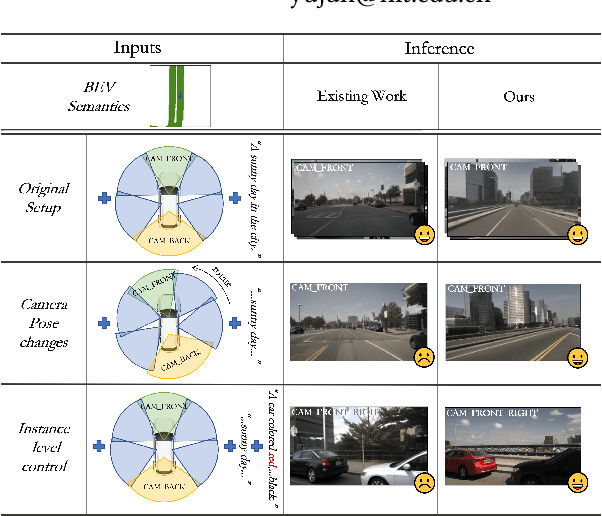
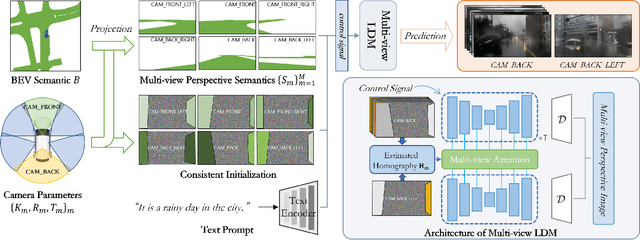
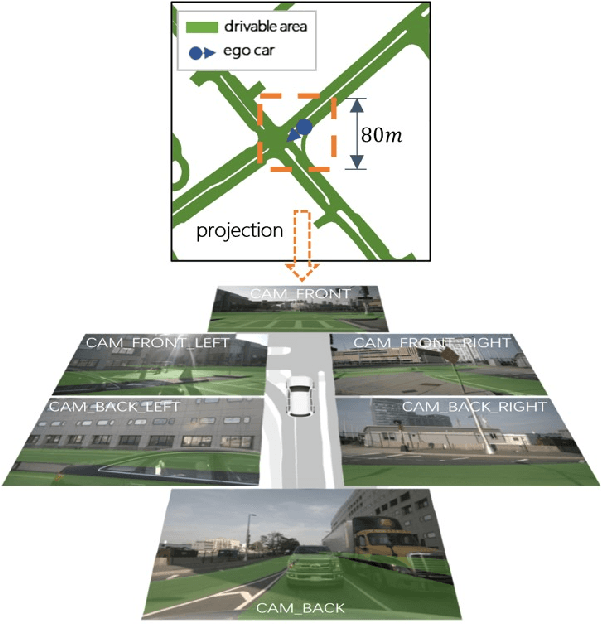
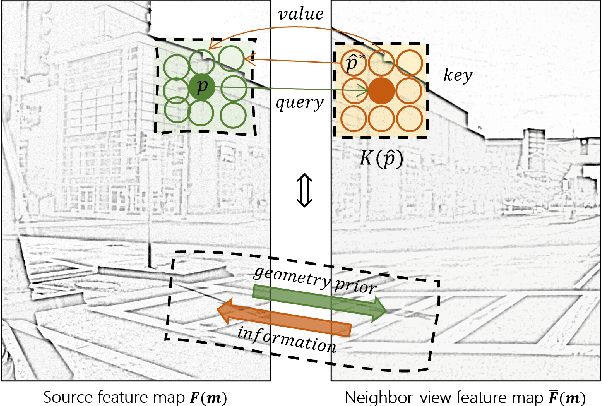
Abstract:This work aims to address the multi-view perspective RGB generation from text prompts given Bird-Eye-View(BEV) semantics. Unlike prior methods that neglect layout consistency, lack the ability to handle detailed text prompts, or are incapable of generalizing to unseen view points, MVPbev simultaneously generates cross-view consistent images of different perspective views with a two-stage design, allowing object-level control and novel view generation at test-time. Specifically, MVPbev firstly projects given BEV semantics to perspective view with camera parameters, empowering the model to generalize to unseen view points. Then we introduce a multi-view attention module where special initialization and de-noising processes are introduced to explicitly enforce local consistency among overlapping views w.r.t. cross-view homography. Last but not least, MVPbev further allows test-time instance-level controllability by refining a pre-trained text-to-image diffusion model. Our extensive experiments on NuScenes demonstrate that our method is capable of generating high-resolution photorealistic images from text descriptions with thousands of training samples, surpassing the state-of-the-art methods under various evaluation metrics. We further demonstrate the advances of our method in terms of generalizability and controllability with the help of novel evaluation metrics and comprehensive human analysis. Our code, data, and model can be found in \url{https://github.com/kkaiwwana/MVPbev}.
Finger Texture Biometric Characteristic: a Survey
Jun 07, 2020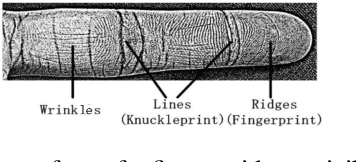
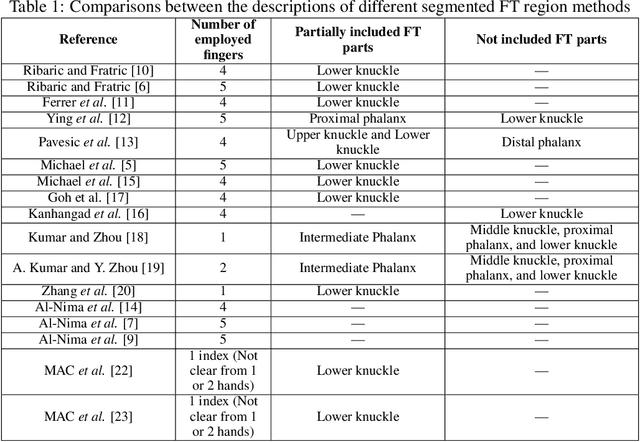

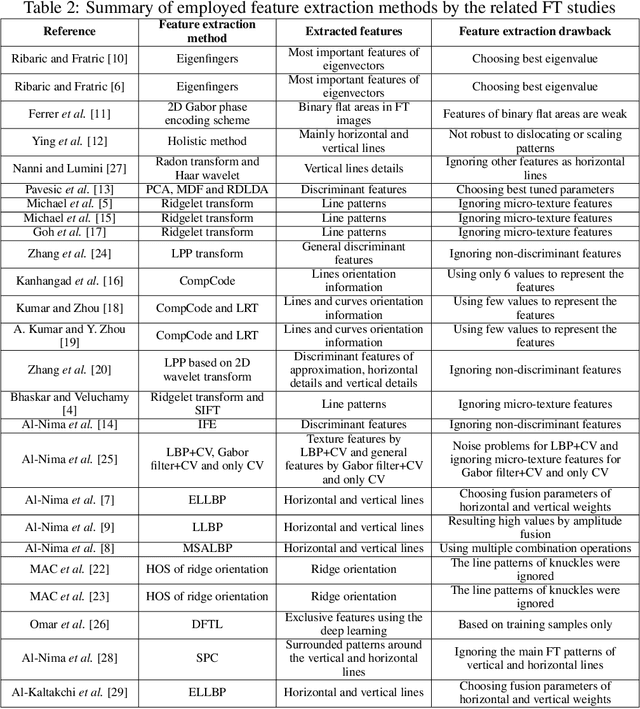
Abstract:\begin{abstract} In recent years, the Finger Texture (FT) has attracted considerable attention as a biometric characteristic. It can provide efficient human recognition performance, because it has different human-specific features of apparent lines, wrinkles and ridges distributed along the inner surface of all fingers. Also, such pattern structures are reliable, unique and remain stable throughout a human's life. Efficient biometric systems can be established based only on FTs. In this paper, a comprehensive survey of the relevant FT studies is presented. We also summarise the main drawbacks and obstacles of employing the FT as a biometric characteristic, and provide useful suggestions to further improve the work on FT. \end{abstract}
 Add to Chrome
Add to Chrome Add to Firefox
Add to Firefox Add to Edge
Add to Edge